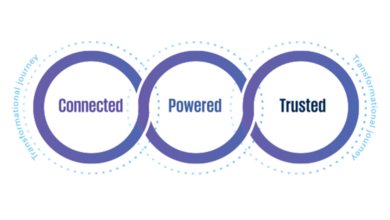The legacy question
 Suppliers and third party providers are competing for the right to repair digital products.
Suppliers and third party providers are competing for the right to repair digital products.
Legacy systems are older systems that businesses use to run business applications and are commonly used to process large quantities of data. Indeed, many companies are now keeping their systems due to a lack of capital for investing in upgrades and new systems. The systems are themselves powerful and reliable, and examples include iSeries, pSeries and AS400.
Suppliers often hold the contract for hardware and software support 10-15 years after the initial sale but a number of third party maintenance providers also have the capability to support these systems.
Gartner Vice-President Alexa Bona has identified maintenance fees as one of eight disruptive forces that can have a strong impact on chief information officers and IT leaders and, if not managed proactively, these could lead to sudden increases in IT asset costs.
In her view, companies must improve their demand management skills, avoid purchasing licenses that they do not require and negotiate price protection for maintenance payments.
Major suppliers previously provided free hardware patches to improve the quality of systems but they are now restricting hardware patches to paying customers. The online lobby group Digital Right to Repair (DRTR) says that this could affect the market for support services from other contractors.
DRTR identifies five requirements for repair of any digital product:
1. diagnostic codes;
2. manuals;
3. service parts;
4. repair tools; and
5. machine code.
The group is lobbying for the introduction of legislation in the USA to give equipment owners and manufacturers equal rights of access to the above codes and tools. Major suppliers are objecting on the grounds of copyright.
Suitability for running legacy applications is one of the reasons for the durability of mainframe technology. Venture capitalist Stewart Alsop once predicted the ‘death’ of mainframe technology by 1996 but in a BMC Software survey this year, a large majority of IT executives (93 per cent) still saw it as a robust, long-term solution in their enterprise IT strategy.
IT departments in finance, banking and insurance sectors still have corporate databases running on mainframes, which date back several years. BMC’s survey, though, warned that current IT workforces often lack the skills to deploy and operate a mainframe and therefore those skills often need to be contracted in from outside the business.





